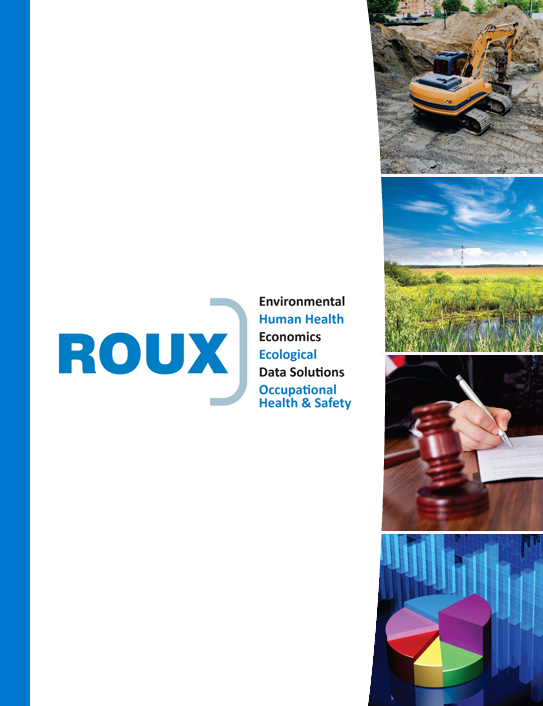Environmental Justice: Its Meaning and Possible Implications
New Environmental Justice Considerations Are Expected to Have Broad Environmental Compliance and Enforcement Implications
The broad recognition that the historical burdens of pollution have not borne equality across society has resulted in the current environmental justice movement, seeking to provide improved access and protection for impacted communities. The steps required to ensure improved access and protection is achieved will result in changes to what has been the standard of practice for decades. Knowing and adapting to these anticipated changes results in the need to learn new approaches to navigating the environmental assessment, compliance, and cleanup landscape.
What is Environmental Justice?
USEPA definition: “Environmental justice is the fair treatment and meaningful involvement of all people regardless of race, color, national origin, or income, with respect to the development, implementation, and enforcement of environmental laws, regulations, and policies. This goal will be achieved when everyone enjoys:
- The same degree of protection from environmental and health hazards, and
- Equal access to the decision-making process to have a healthy environment in which to live, learn, and work.”
What is Happening Regarding Environmental Justice?
New directives, regulatory division, tools, and funding are being developed at the Federal, State, and local government levels.
- The Biden Administration issued an Executive Order making “environmental justice a part of the mission of every agency,” creating the “White House Environmental Justice Interagency Council and a White House Environmental Justice Advisory Council to prioritize environmental justice and ensure a whole-of-government approach to addressing current and historical environmental injustices”; which “initiates the development of a Climate and Environmental Justice Screening Tool, building off EPA’s EJSCREEN, to identify disadvantaged communities.”
- Numerous states have enacted their own programs and initiatives, for example:
The New Jersey proposed rules regarding environmental justice are currently considered the most far-reaching, taking unprecedented actions to require consideration of the impacts of environmental justice on communities.
How Might These New Environmental Justice Initiatives Bring Change?
The increased focus on environmental justice is expected to have a range of impacts on:
- Awareness within the affected communities regarding potentially adverse environmental impacts.
- Community engagement and public participation on the topic of environmental exposure.
- Regulatory requirements to demonstrate compliance regarding facility emissions.
- Prioritization of enforcement by governmental agencies.
- Citizen suits against facilities where community impacts are suspected.
Environmental justice mitigation and potential damages claims can span a spectrum of expertise, including regulatory compliance, treatment technology, pollution transport modeling, property damages, economic damages, human health risk assessment, insurance underwriting/claims, and various forms of associated litigation.
Think you may be impacted by the increased attention on environmental justice and want to have a more detailed discussion? Click on the link below and a Roux expert will connect with you.

